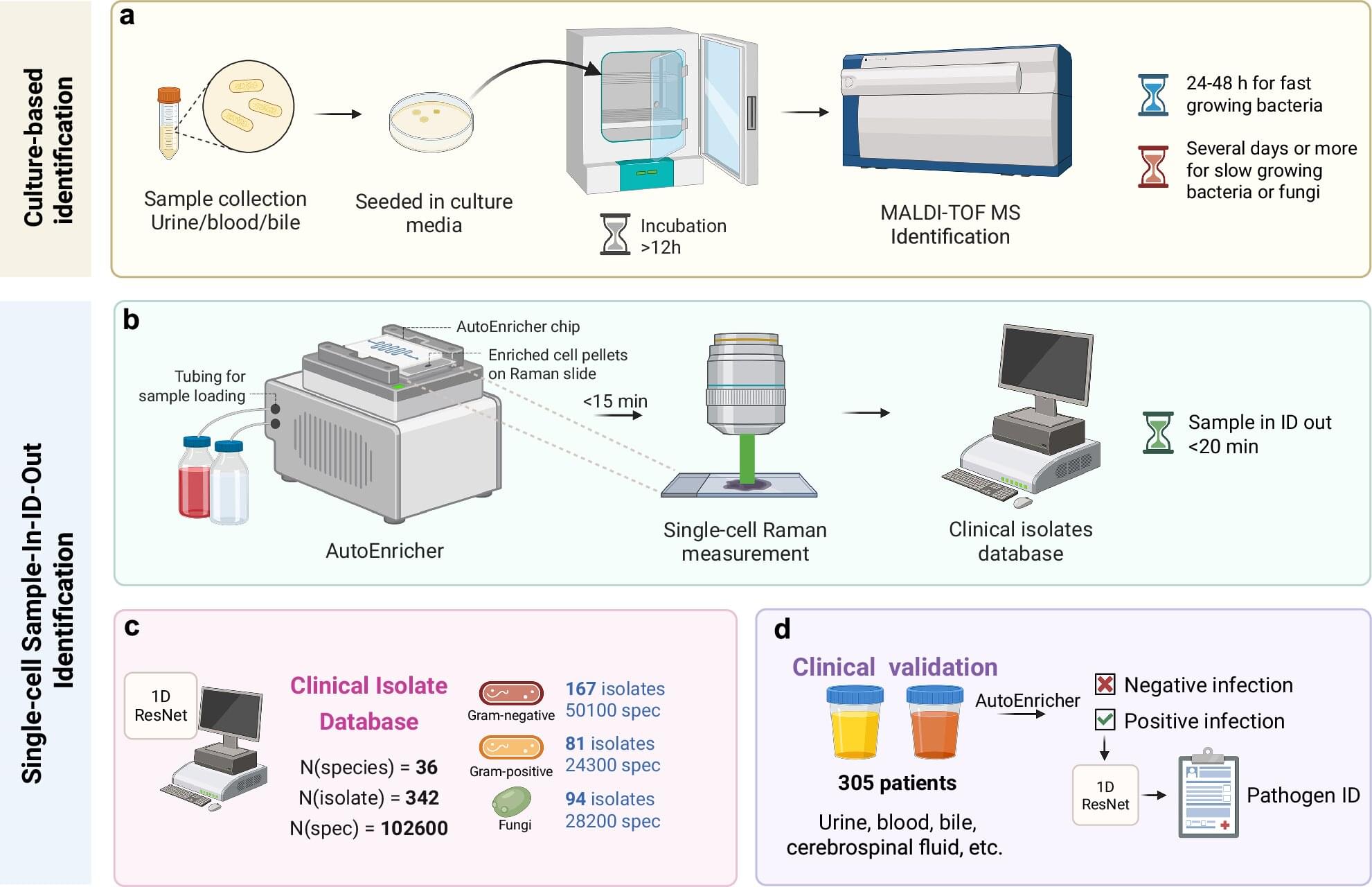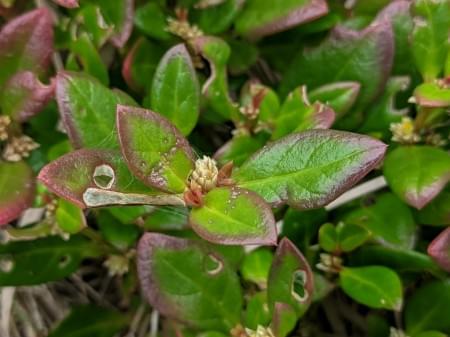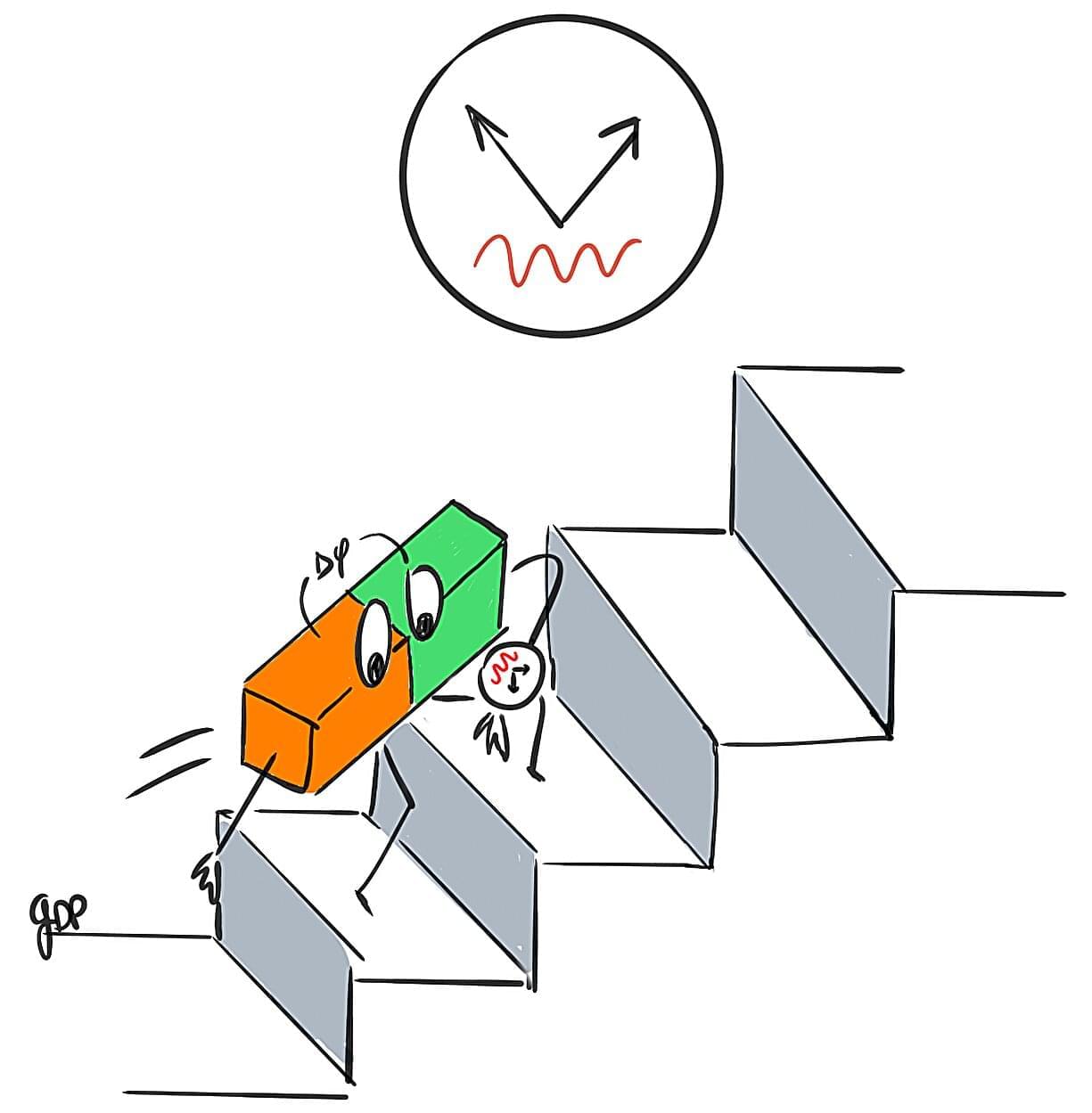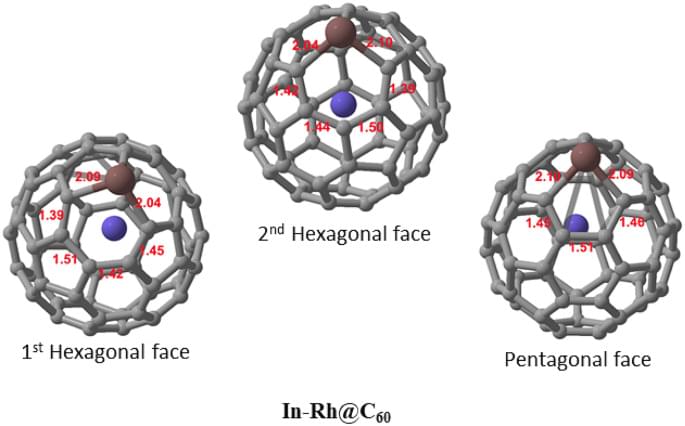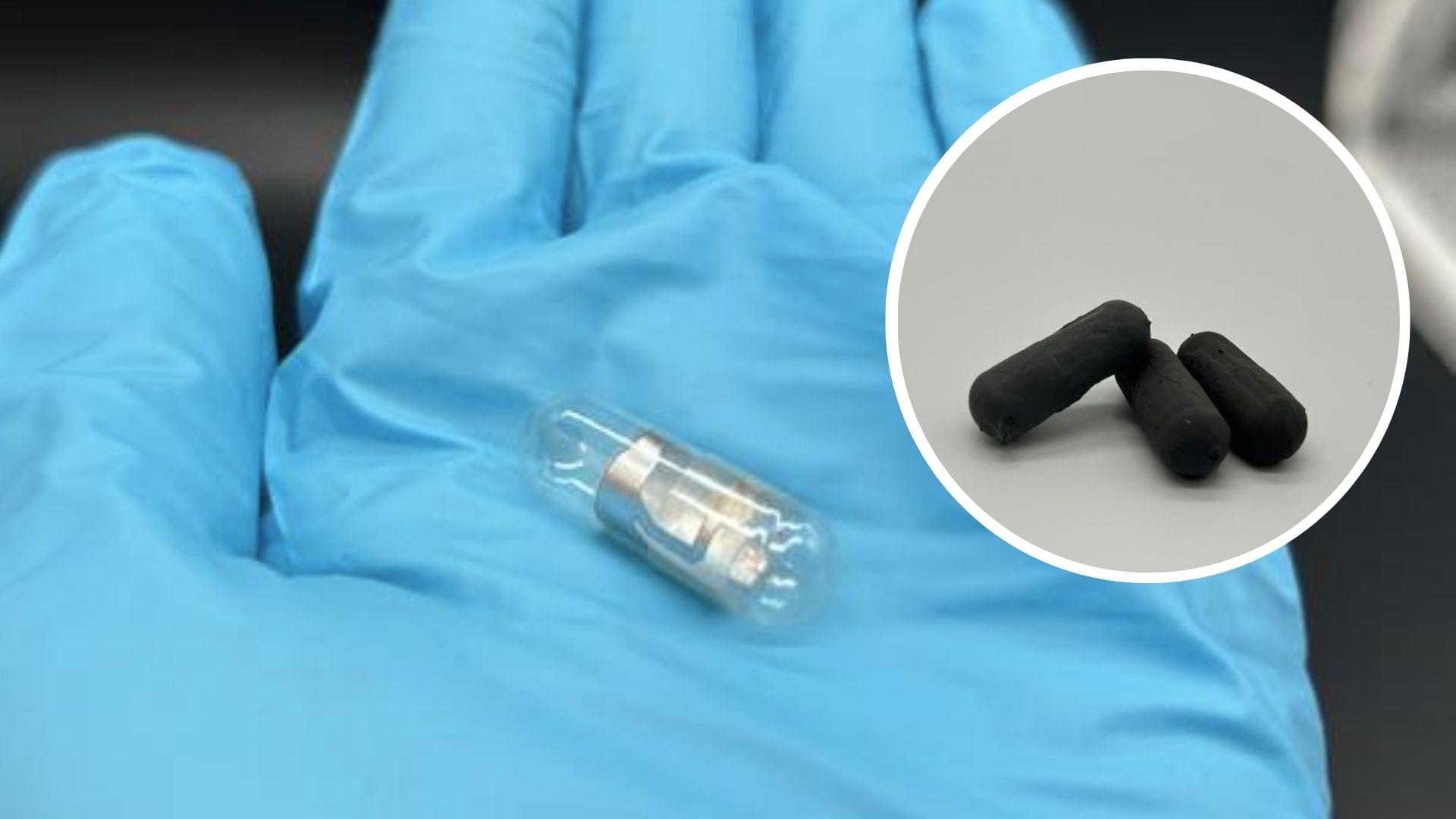SpaceX’s valuation has the potential to reach $1.5 trillion due to its innovative technologies, including reusable rockets, Starship, and Starlink, which could revolutionize the space industry and unlock massive growth opportunities in areas such as satellite connectivity, data centers, and computing ## Questions to inspire discussion.
Starship Production & Economics.
🚀 Q: What is SpaceX’s Starship production target and cost reduction goal? A: SpaceX plans to manufacture 1,000 Starships per year by 2030 (with aspirational goals of 10,000 per year), reducing launch costs to $10/kg through fully reusable vehicles achieving 99% reliability and 30 flights per booster.
🎯 Q: When will Starship begin commercial payload launches? A: Starship is currently in testing phase with proven relighting, PEZ dispenser deployment, and large payload capacity, expected to achieve commercial readiness as reliability approaches 99% through iterative flight testing.
Starlink V3 Revenue Model.
💰 Q: What revenue will Starlink V3 generate for SpaceX? A: Starlink V3 constellation will generate $250B revenue with 50% profit margins, representing 90–95% of SpaceX’s revenue over the next 5 years according to Mach33 and ARK Invest modeling.
